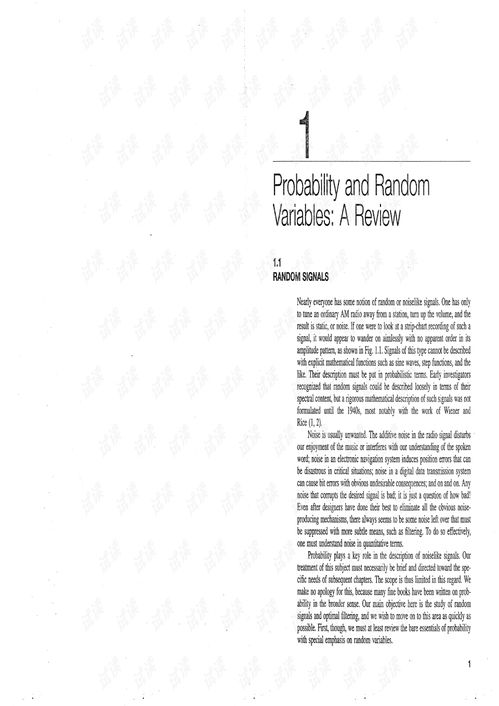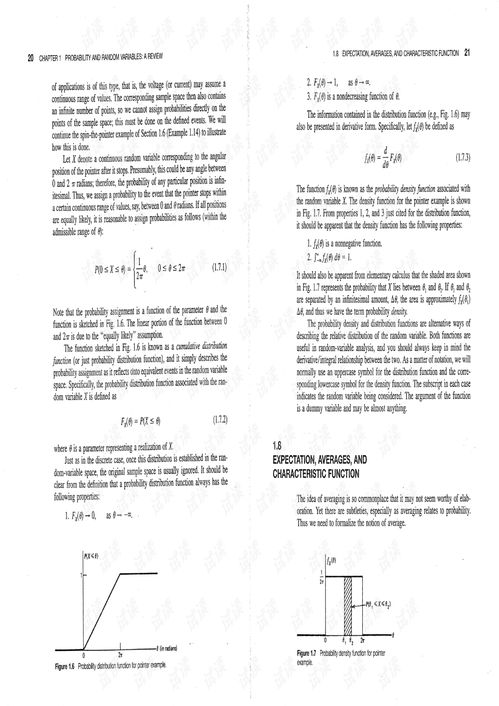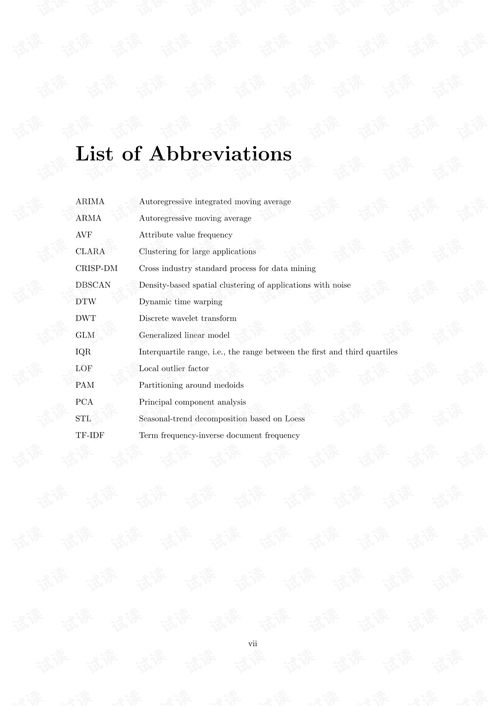Filing and Sanding Plastic to Make It Smaller: A Comprehensive Guide
When it comes to modifying plastic objects, filing and sanding are two essential techniques that can help you achieve the desired size or shape. Whether you’re a hobbyist, DIY enthusiast, or a professional, understanding how to properly file and sand plastic is crucial. In this article, we will delve into the details of these techniques, providing you with a step-by-step guide to make your plastic smaller.
Understanding Plastic Filing and Sanding

Filing and sanding are mechanical processes used to remove material from a plastic object. Filing involves using a file, which is a tool with a series of abrasive teeth, to cut and shape the plastic. Sanding, on the other hand, uses sandpaper or a sanding block to smooth and refine the plastic’s surface.
Before you begin, it’s important to note that not all plastics are suitable for filing and sanding. Some plastics, such as polyethylene and polypropylene, are more prone to melting or warping during the process. In this article, we will focus on common plastics like ABS, polycarbonate, and acrylic, which can be effectively filed and sanded.
Choosing the Right Tools

To file and sand plastic successfully, you’ll need the following tools:
- Files: A variety of files, including flat files, round files, and half-round files, can be used to shape and cut the plastic. Choose files with fine teeth for precision work and coarse teeth for more aggressive material removal.
- Sanding Paper: Sandpaper comes in various grits, ranging from 60 to 600. A higher grit number indicates a finer sandpaper, which is ideal for smoothing and finishing the plastic. Start with a coarse grit and gradually move to finer grits for the best results.
- Sanding Blocks: Sanding blocks provide a flat surface for sanding and help maintain a consistent pressure on the plastic. They come in various sizes and shapes, so choose one that fits your project’s needs.
- Clamps: Clamps are useful for holding the plastic in place while you file or sand it. This ensures a more precise and controlled process.
- Protective Gear: Wear safety goggles, gloves, and a dust mask to protect yourself from debris and particles during the filing and sanding process.
Step-by-Step Guide to Filing Plastic

Follow these steps to file plastic and make it smaller:
- Choose the Right File: Select a file with the appropriate shape and size for your project. For example, a flat file is ideal for smoothing flat surfaces, while a round file is better for curved areas.
- Secure the Plastic: Clamp the plastic securely to a workbench or table to prevent it from moving during the filing process.
- Start Filing: Hold the file at a 45-degree angle to the plastic surface and apply even pressure. Move the file in a straight line, following the grain of the plastic. Avoid applying too much pressure, as this can cause the plastic to melt or warp.
- Check Progress: Periodically check the plastic’s size and shape to ensure you’re on the right track. If necessary, adjust the file’s angle or pressure to achieve the desired results.
- Finish the Edges: Use a finer file to smooth and refine the edges of the plastic. This will help create a clean, professional-looking finish.
Step-by-Step Guide to Sanding Plastic
Once you’ve filed the plastic to the desired size, it’s time to sand it for a smooth finish:
- Choose the Right Sandpaper: Select a sandpaper with a grit that matches the level of smoothing you need. Start with a coarse grit and gradually move to finer grits for a polished finish.
- Attach the Sandpaper to a Sanding Block: Secure the sandpaper to a sanding block using a rubber band or sandpaper clips. This will provide a flat surface for sanding and help maintain even pressure on the plastic.
- Start Sanding: Hold the sanding block at a 45-degree angle to the plastic surface and apply even pressure. Move the sandpaper in a circular motion, following the grain of the
